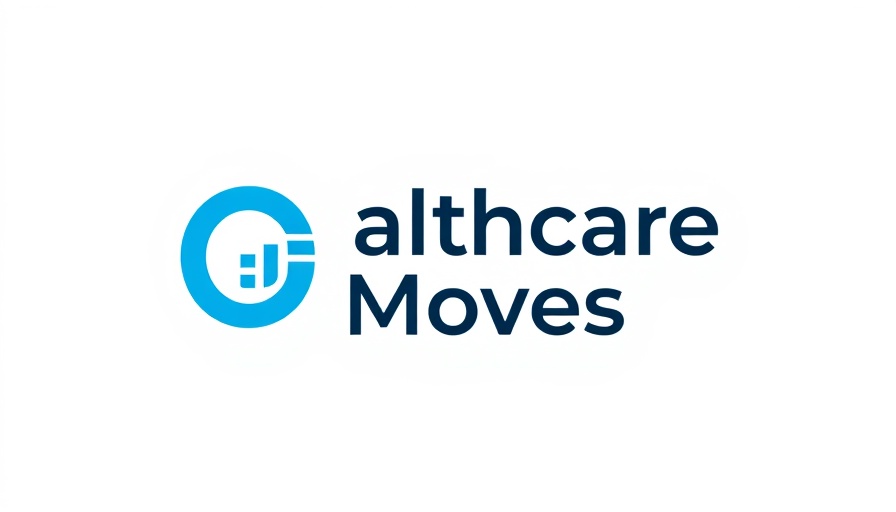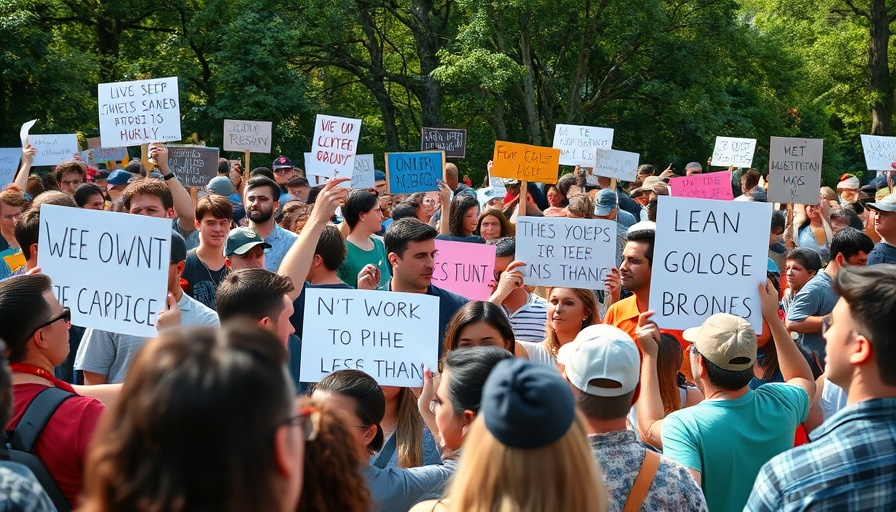
Facing the Future: Technology Trends in Senior Care
The U.S. is on the cusp of a demographic shift with the increasing population of older adults. As of 2025, the expectation is that the number of individuals aged 80 and above will rise by an astounding 28% by the end of the decade. This growth underscores the urgent need for senior and post-acute care organizations to embrace technological advancements that can streamline operations and elevate patient care. Today, as healthcare providers navigate staffing shortages and shifting political landscapes, the role of technology has never been more pivotal.
Leveraging AI for Enhanced Care
Artificial Intelligence (AI) is emerging as a cornerstone in modernizing healthcare services targeted at aging populations. It offers potential pathways for organizations to provide proactive rather than reactive care. By automating tasks that often overwhelm staff, such as data entry or patient monitoring, AI not only mitigates the burden on healthcare professionals but also helps create a more effective patient care model. Despite the promise, organizations have shown caution, as many are still addressing data security and governance challenges before fully integrating these AI solutions.
Operational Efficiency and Data Governance
Senior living operators are prioritizing the modernization of their technological infrastructures to improve operational efficiencies. Investments are being made in data analytics tools, which help in managing both workforce performance and patient care efficiency. However, with heightened concern over data privacy, health organizations are also cultivating a robust governance framework before adapting comprehensive AI services. Together, these approaches signify a forward-thinking strategy to meet the demands of an aging population.
 Add Row
Add Row  Add
Add 




Write A Comment